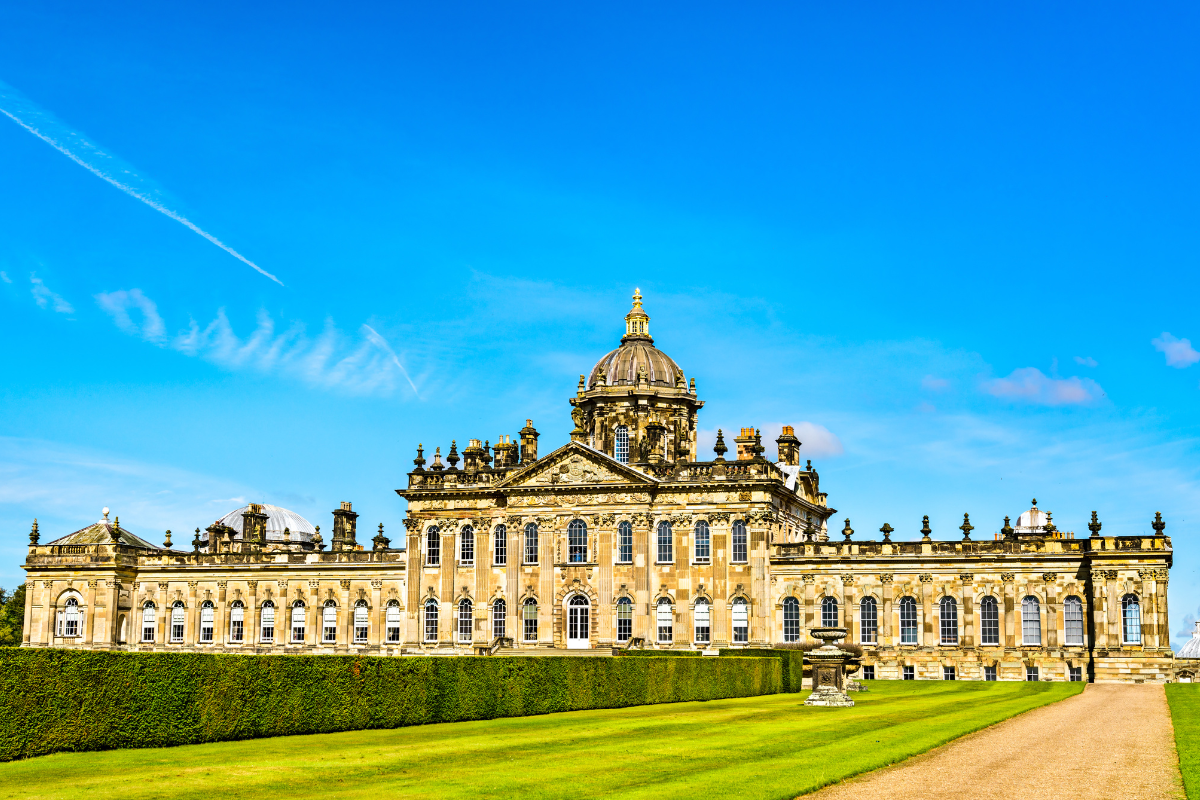
A move to restore one of Castle Howard’s state rooms back to how it might have looked in the early 18th Century has been given the green light, despite the scheme dividing the opinions of experts at national conservation bodies.
Ryedale District Council’s planning committee approved plans to the reinstate the panelling, cornices, skirtings, dado rails and chimneypiece in the Cabinet Room at Castle Howard that has remained derelict since being destroyed in a chimney fire 82 years ago is to be restored to its full glory.
It was given the go-ahead by the authority just days after Castle Howard’s management announced a wide-ranging masterplan to safeguard the estate’s future and restore the vast property.
Members agreed that the proposed scheme would preserve the special interest of the grade I listed building.
Councillor Mike Potter, chairman of the committee, said:
“A great deal of research was done by historians and the council’s planners. The restoration scheme itself will be a tourist attraction.”
The major restoration project will see the Vanderbank Four Seasons tapestries made for it in 1706 return to their original location at the 145-room property near Malton.
The decorative scheme of the room will also be remade based on historic photographs.
Historic England said the proposed interventions were well supported by detailed and specialist research and would build on the work carried out and principles established on previous reinstatement works in Garden Hall and New Library and the Lake Sitting Room.
The government body added the remade interior would bring back an appearance in the room similar to what it would have originally had until about 1759.
A Historic England spokesman said the scheme represented
“a welcome step forward on the process of gradual reinstatement of lost interiors of this outstanding building”.
However, experts at The Society for the Protection of Ancient Buildings and The Georgian Group called on Castle Howard’s management to consider “alternative and less intensive schemes of works” to reinstate the tapestries within the room.
Objecting to the proposals The Georgian Group said it had significant concerns about the reliability of the evidence put forward to justify the
proposed decorative scheme and the proposed fireplace in the style of the original architect Vanbrugh was inappropriate and “poor pastiche”.
A spokesman for the group said the main sources of evidence offered were two historic photographs dating from the early 20th Century, and a sketch drawing by Hawksmoor from 1706 showing the south-east corner of the room.
He added the proposed scheme of works had
“the potential to cause considerable harm to the special architectural and historic significance of Castle Howard”.
The planning committee heard while the advice of The Georgian Group and The Society for the Protection of Ancient Buildings was “welcome and informative”, the statutory advisor in this instance was Historic England.
Planning officers said the fire-damaged bare-walled Cabinet Room was a stark interruption to the conceived grand architectural experience and highlighted that Castle Howard is an inhabited family house.
They stated:
“It is not unreasonable in the instance of fire damage to seek to restore parts of the home as a minimum, acknowledging that as a listed building this is within the context of complying with legislation and the development plan in relation to that restoration.”




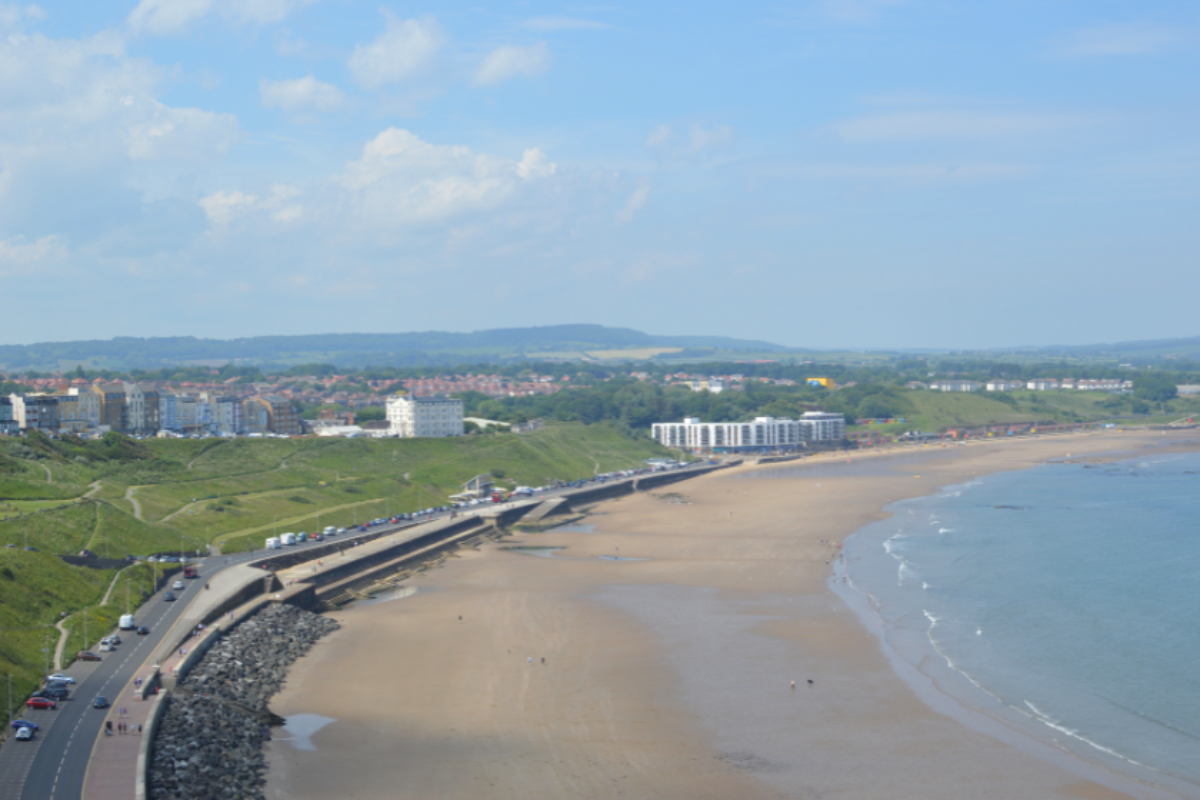 Scarborough to Benefit from New Flood Defence Investments
Scarborough to Benefit from New Flood Defence Investments
 Esk Valley Residents Attend Westminster Summit on Smart Meter Issues
Esk Valley Residents Attend Westminster Summit on Smart Meter Issues
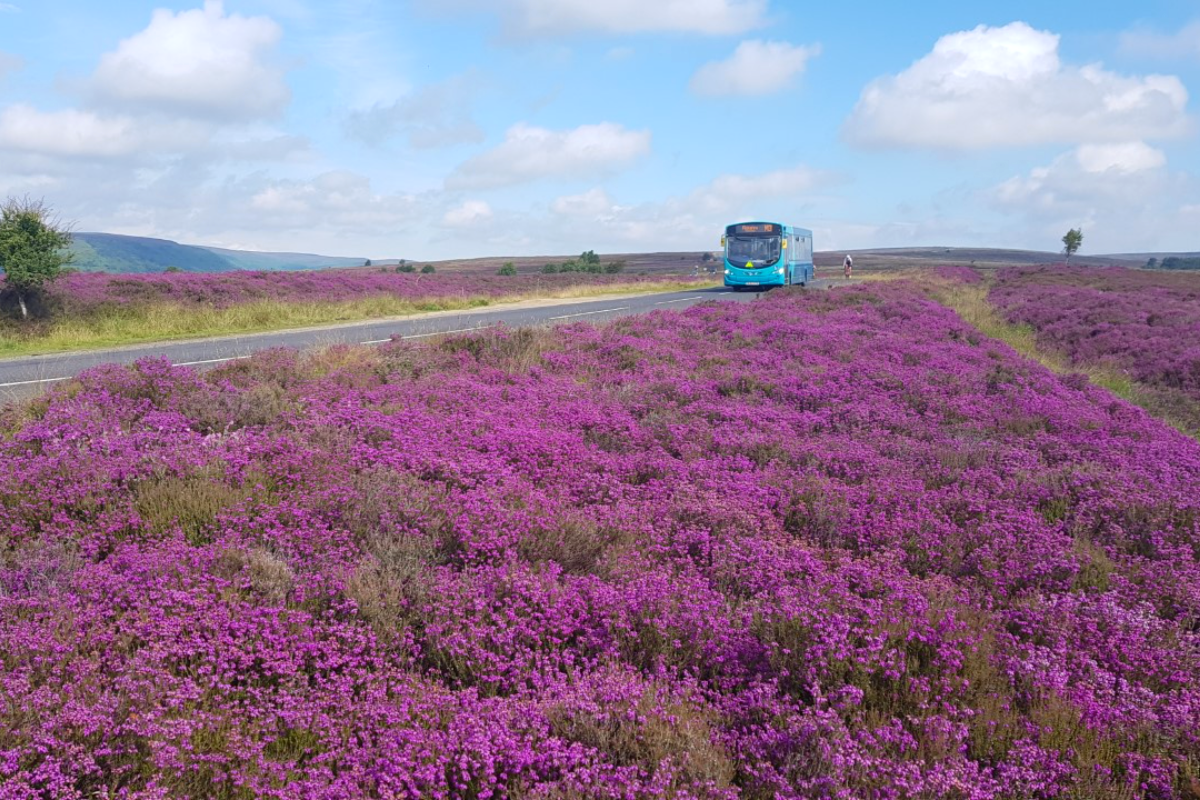 Mayor Outlines Vision for the Future of Buses in North Yorkshire
Mayor Outlines Vision for the Future of Buses in North Yorkshire
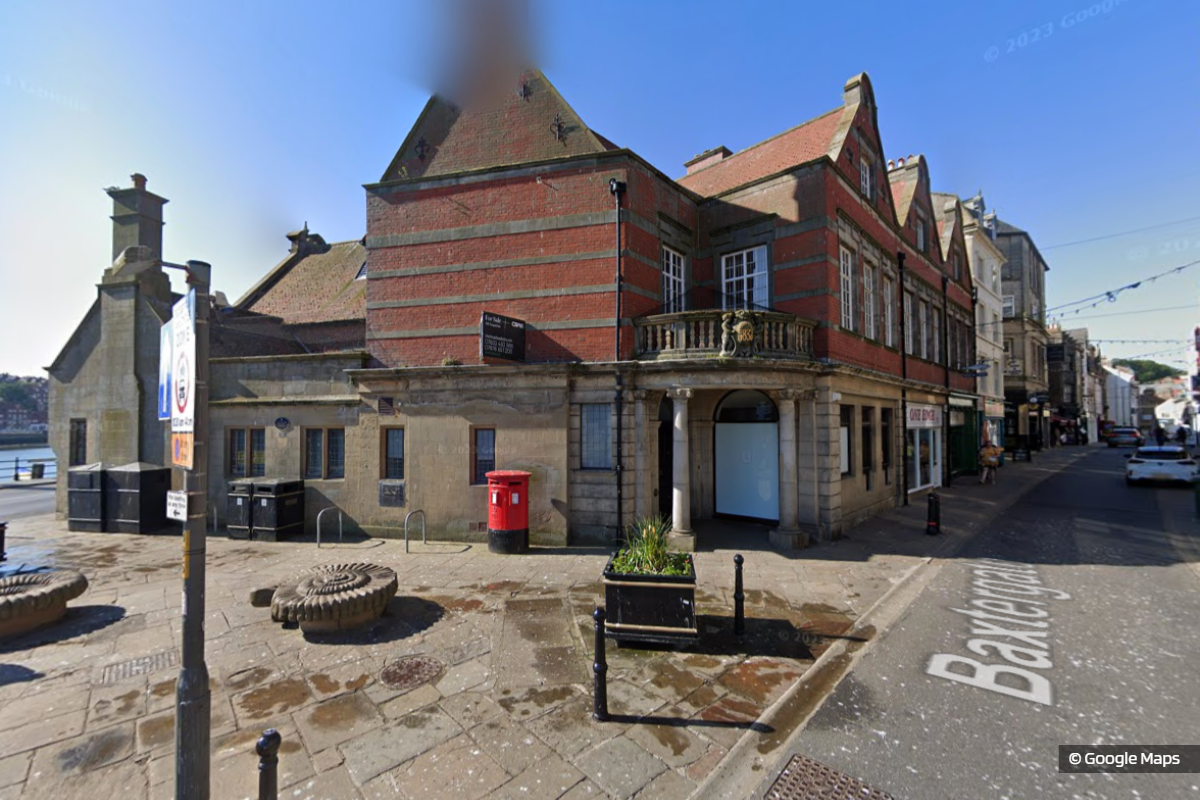 Support for Whitby Restaurant Plan in Former Bank Building
Support for Whitby Restaurant Plan in Former Bank Building
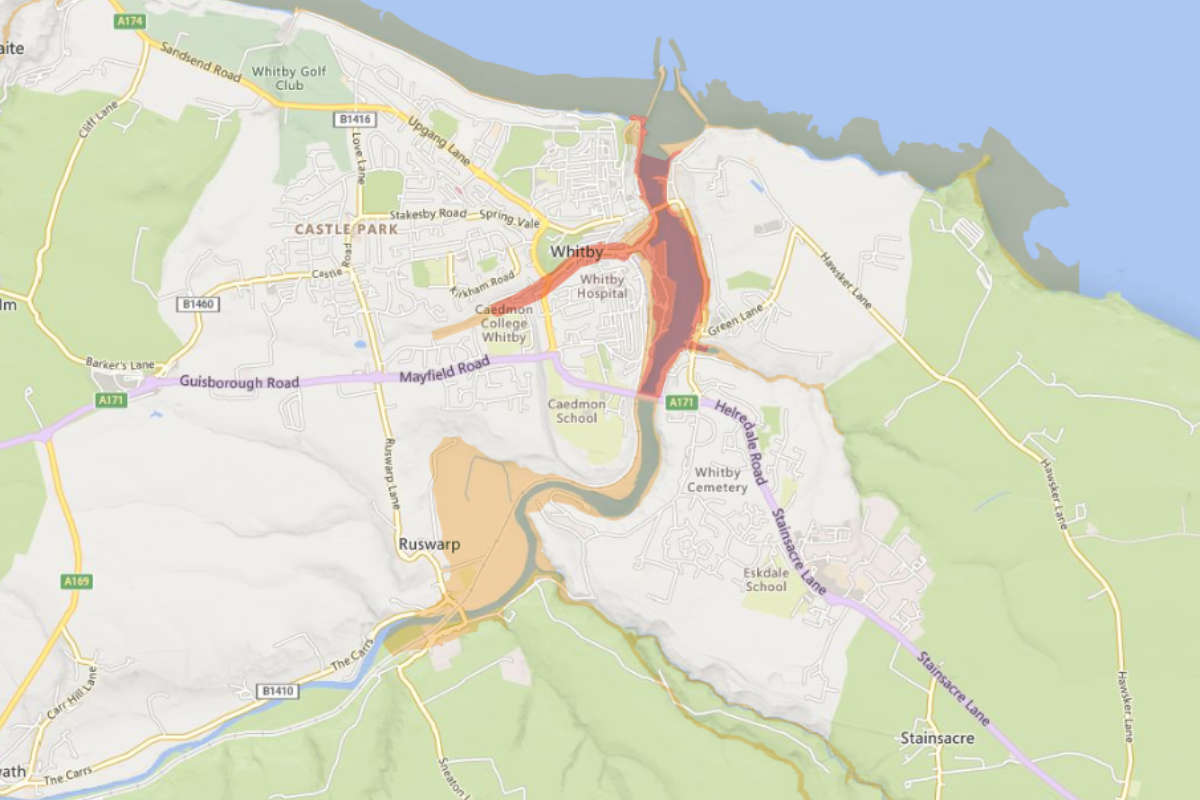 "Act Now" FLOOD WARNINGS Issued For Whitby, Bridlington & Hornsea
"Act Now" FLOOD WARNINGS Issued For Whitby, Bridlington & Hornsea
 Scarborough Transport Charity Needs Help
Scarborough Transport Charity Needs Help
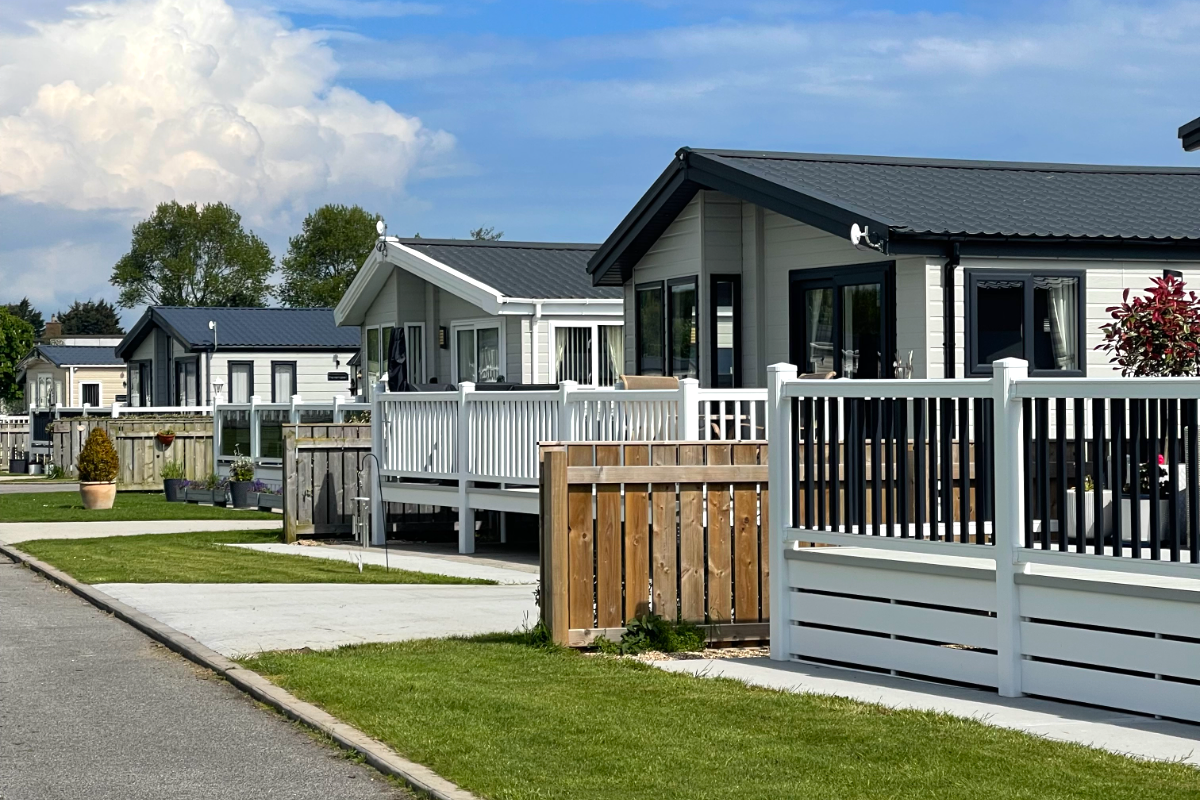 Yorkshire Coast Holiday Park Benefits from Multimillion Pound Investment
Yorkshire Coast Holiday Park Benefits from Multimillion Pound Investment
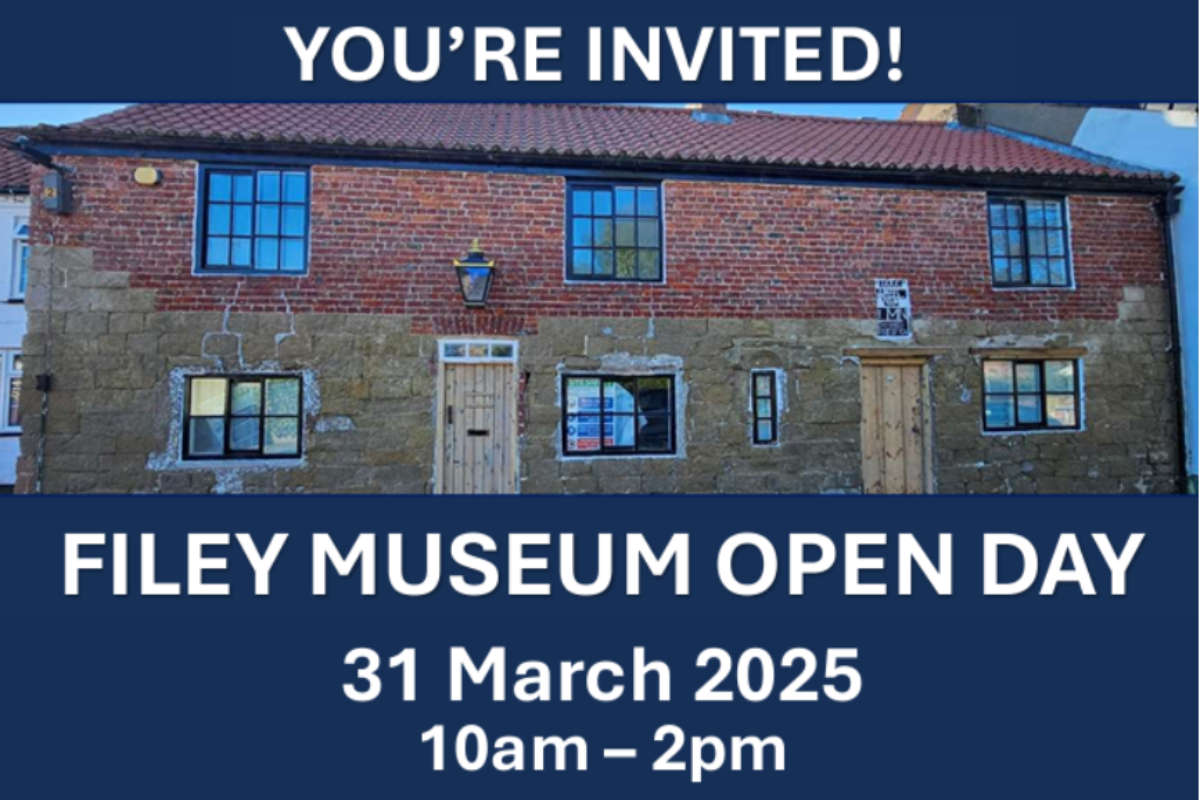 Filey Open Day Showcases Town's Oldest Building
Filey Open Day Showcases Town's Oldest Building
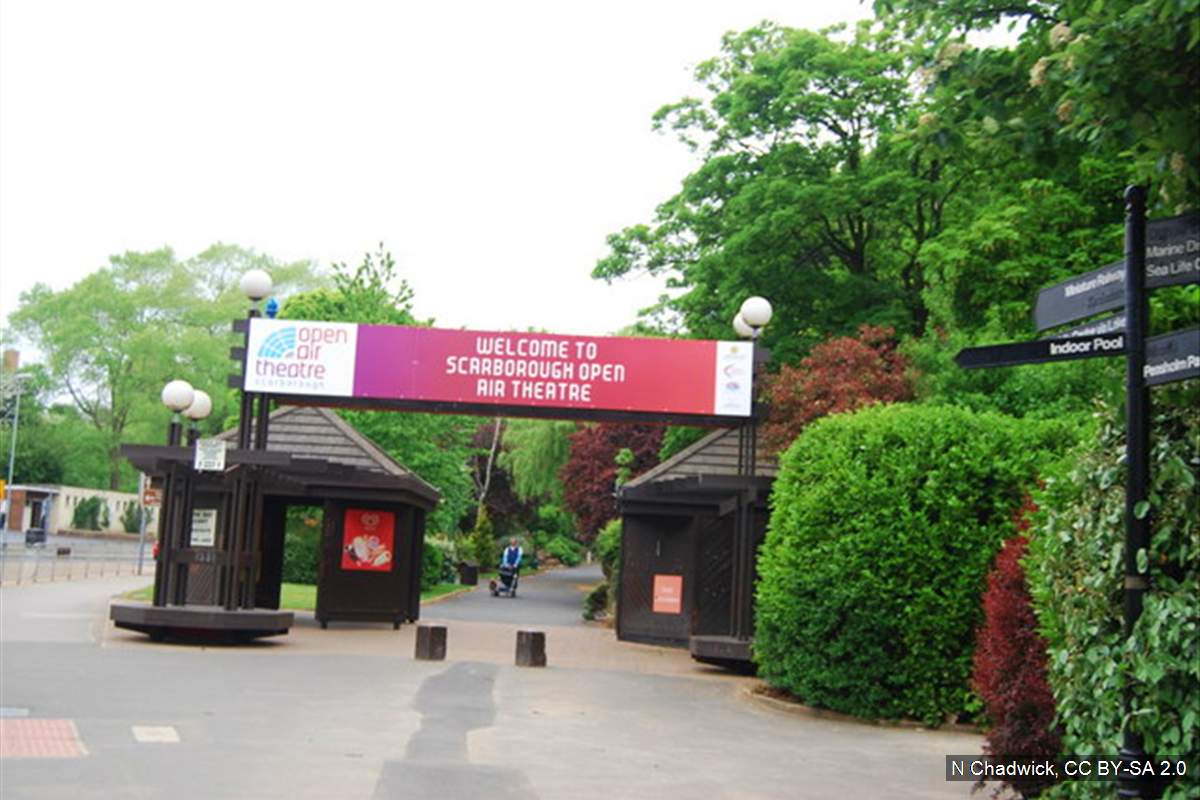 New Scarborough Food Festival Aims to Bring Early Season Visitors to the Town
New Scarborough Food Festival Aims to Bring Early Season Visitors to the Town
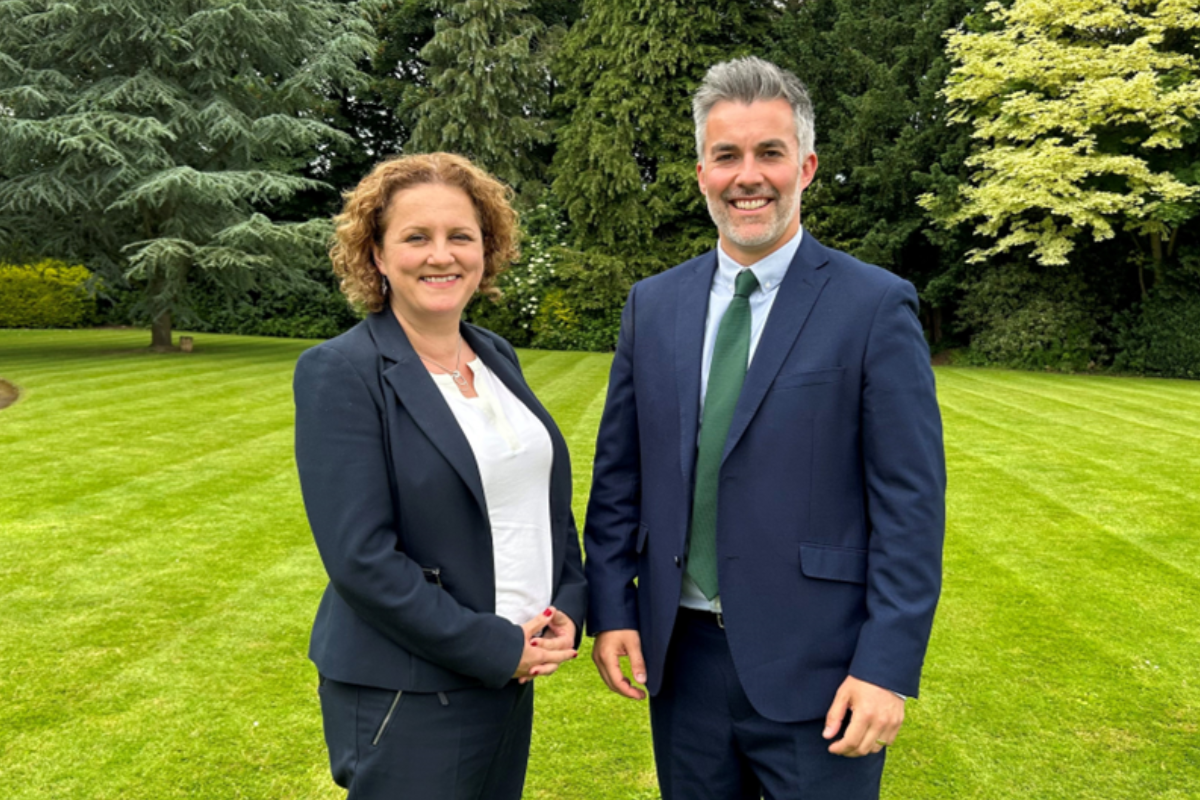 Safe Places For All Says North Yorkshire Mayor
Safe Places For All Says North Yorkshire Mayor
 MP & Councillor's Concerns Over Access To New Medical Centre in Eastfield
MP & Councillor's Concerns Over Access To New Medical Centre in Eastfield
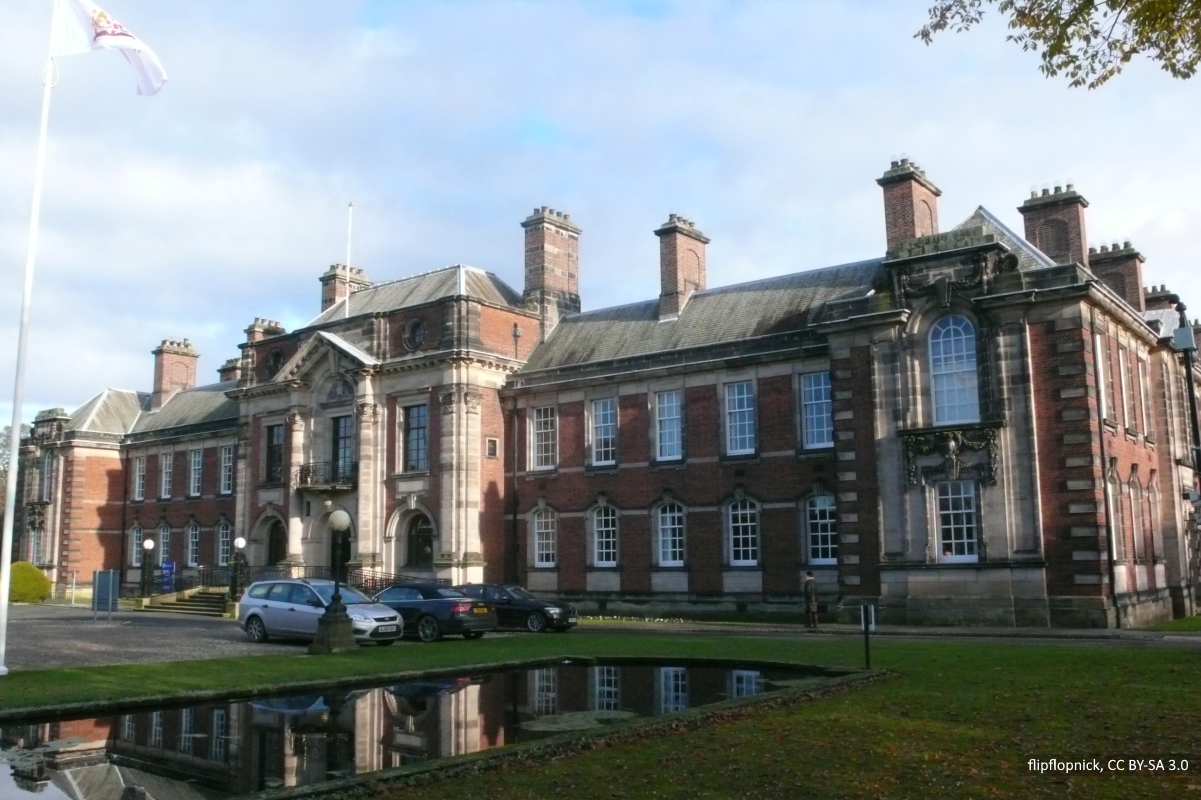 North Yorkshire Council Leader Dismisses Call for New System to Run Authority
North Yorkshire Council Leader Dismisses Call for New System to Run Authority








Comments
Add a comment